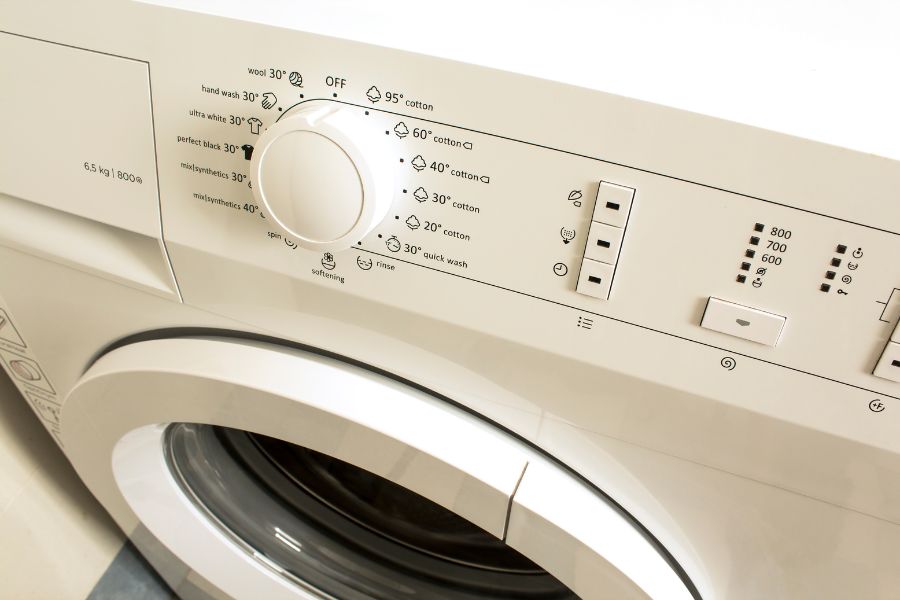Every homeowner knows that a washing machine plays an integral role in maintaining a smooth-running household. However, like any other appliance, it isn’t immune to issues that may disrupt its efficiency.

We’ll discuss some common washing machine issues you may experience and potential solutions to navigate these issues. Armed with this knowledge, you’ll be able to tackle any washing machine hiccup that comes your way.
The Washing Machine Won’t Spin
One of the most common problems homeowners experience with their washing machines is the machine’s inability to spin. This problem can be particularly frustrating, disrupting your regular laundry routine. The culprit could be several things, ranging from an excessively heavy load and imbalanced clothes to a worn-out drive belt.
When facing this issue, it’s wise to start by checking your laundry load. If it’s too heavy or the clothes are uneven, the machine might fail to spin.
Distribute clothes evenly and avoid overloading the machine for better performance. If the problem persists, it might be time to inspect the drive belt for wear and tear and consider replacing it if necessary.
The Washing Machine Won’t Drain
Another prevalent issue homeowners encounter with their washing machines is the machine not draining properly. This can often leave your clothes soaking wet at the end of a cycle, which is far from ideal.
A washing machine that won’t drain is one way to tell your washing machine has a clogged drain. However, a clogged pump filter could also be the root of the problem.
When dealing with a machine that won’t drain, your first step should be to check the drain hose for any blockages. This blockage could be anything from a small piece of clothing to a lint buildup.
If the hose is clear, inspect the pump filter next. Over time, small items, lint, and debris can accumulate in the filter, preventing water from draining out of the machine.
Regularly cleaning the pump filter can prevent this problem. If neither of these solutions works, it might be necessary to seek assistance from a professional technician.
The Washing Machine Moves Around
A shaking or moving washing machine is another widespread issue that can lead to more serious problems if not addressed promptly. This issue typically happens due to an imbalanced load, uneven floors, or worn-out shock absorbers. If your machine is dancing around during cycles, start by redistributing your laundry inside the drum and ensure the load isn’t too heavy or too light. A well-balanced load will keep the machine stable during spinning.
If the issue persists, check whether your machine is level. Most washing machines have adjustable feet that you can tighten or loosen to ensure the appliance sits evenly on the floor. If it continues to move around even after these adjustments, that might be a sign of worn-out shock absorbers or suspension springs.
Now that you’re aware of a few common issues you may experience with a washing machine, you can take the necessary steps to identify and solve these problems. Ultimately, the longevity and efficiency of your washing machine are in your hands. Equip yourself with the right knowledge and act quickly when issues arise. Then, your washing machine will serve you reliably for many years to come.
Related Posts:
- Make Washing Clothes More Convenient with The Twelve Best Laundry Detergent Pods
- How to Make Laundry Easy Enough for Kids
- Top Mom Tips for Ensuring the Laundry is Always Super-Clean
- 6 Common Mistakes To Avoid On Your Laundry Day
- Easy Trick to Prevent Shrinking and Fading Laundry
- 5 Practical Laundry Tips for the Busy Mom
- Save Time on Laundry
- How to Make Laundry Easy Enough for Kids
- Make Laundry Easier: Stop Doing These 7 Things
- 5 Tips to Find the Best Washer
- How to Get Your Laundry Done in a Flash with Same-Day Service
- Different Types of Laundry Services To Consider